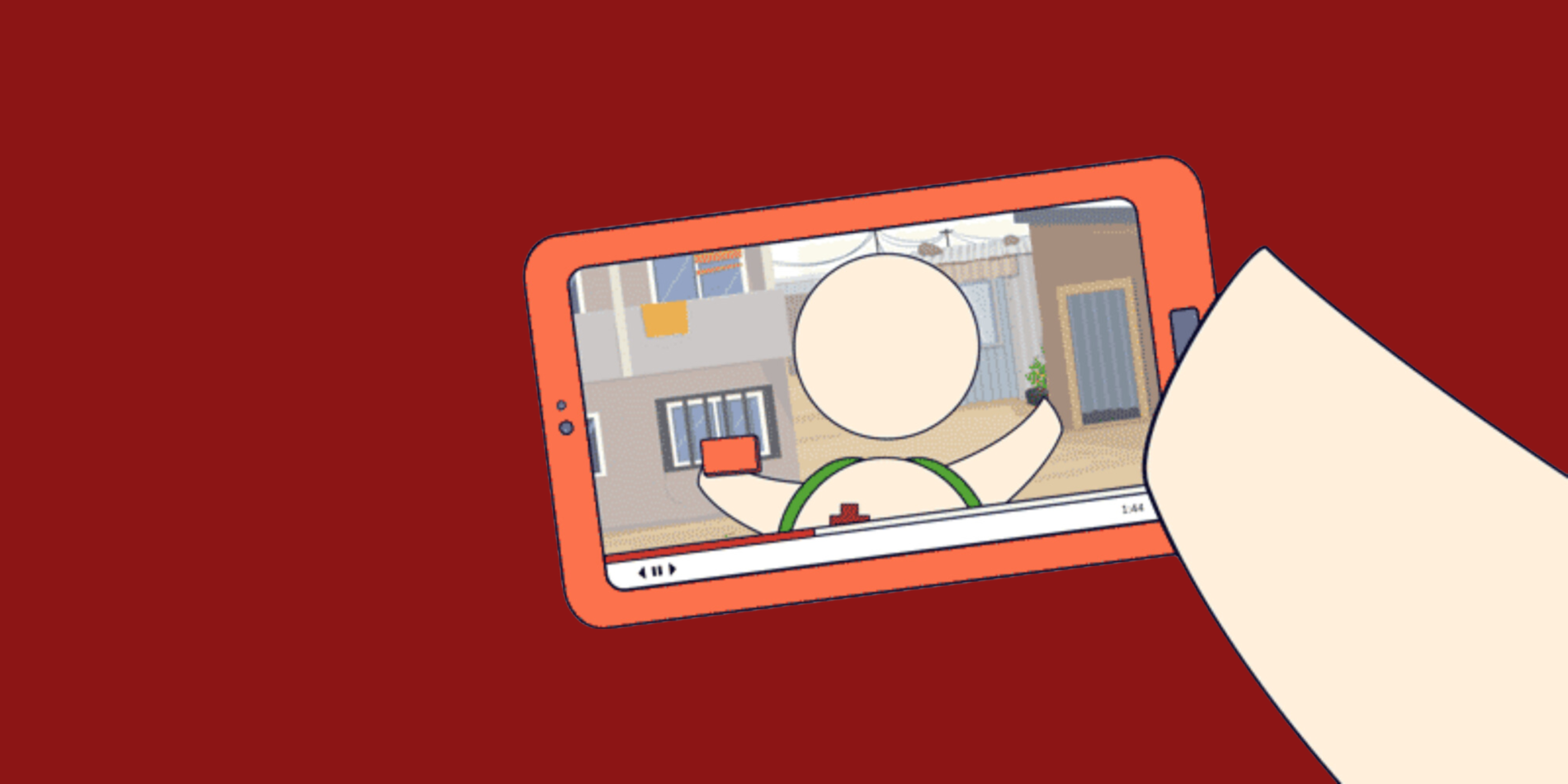Together Towards Tomorrow: Collaborative Design for Community Health Worker Training
“Community health workers provide much of the most important maternal and child healthcare worldwide, and studies show that millions of annual deaths could be prevented by the care that trained and supported community health workers can provide.”
- Dr. Victoria Ward, Medical Director at Digital Medic
Community health workers (CHWs) are frontline healthcare providers who typically live in the communities they serve. As noted by Dr. Ward, they provide essential care, education, and referral services to millions of people worldwide, primarily in areas with limited clinical services. CHWs could save millions of additional lives each year with improved training and resources, which is why the World Health Organization and others have called for increased support and integration of CHWs into primary health systems worldwide.
So, how do we equip CHWs to save more lives?
At Digital Medic, we focus on the global need for improved and expanded CHW training. By supporting CHWs with high-quality, evidence-based, and accessible educational resources, they are able to respond appropriately and timeously to their communities’ health needs.
Our latest training provides CHWs with essential knowledge about common childhood illnesses, the main drivers of mortality for children under the age of five. We worked with Lwala Community Alliance in Kenya, One to One Africa in South Africa, and Philani Maternal, Child Health and Nutrition Trust in South Africa to co-create this digital course.

Caring for Sick Children in the Community
Build CHW's skills in identifying and treating common childhood illnesses like diarrhea, malnutrition, and fever with this digital refresher training.Course development: Our learner-centered approach
Our course development approach is solidly grounded in the ADDIE model which breaks up the process into five stages: Analysis, Design, Development, Implementation, and Evaluation. Each stage has its own goals and activities, and together, they contribute to the development of a complete learning experience.
Throughout the ADDIE process, we focus on the learner and integrate three core principles:
- Building rapport and trust: Establishing strong connections with our collaborators and learners.
- Co-creation: Working together to create a solution that meets the needs of our learners.
- Continuous improvement: Gathering actionable feedback and refining our work iteratively.

Analysis: Collaboration, the essential factor
“The most important people to answer those questions about what is needed and what community health workers would benefit from are community health workers themselves,” says Dr. Ward.
Our course creation journey began by holding discussions with three of our collaborating community health organizations: Lwala Community Alliance, One to One Africa, and Philani Maternal, Child Health and Nutrition Trust. We listened to understand their CHWs’ training needs and preferences.

The organizations expressed a need for digital educational resources on childhood illnesses to complement their in-person CHW training.
Dr. Ingrid le Roux, Founder and Medical Director of Philani Maternal, Child Health and Nutrition Trust, shared her need for “...digitising our training and complementing what we are doing with [digital] learning materials.”
Dr. Emma Chademana, Head of Programs at One to One Africa, agreed. “Geographical displacement is a challenge for us. If learning is on a phone and it’s digital, there is content that they [CHWs] can engage with.”
Dr. Chademana emphasized, “A big priority for us is the management of childhood illnesses. Having the WHO guidelines is helpful for CHWs and their supervisors: these are the things they need at their fingertips.”
Managing childhood illnesses is a critical issue worldwide. Children between two months and five years of age die mainly from illnesses that can often be prevented or successfully treated. According to UNICEF, pneumonia, diarrhea, and malaria were responsible for 30% of deaths among children under age five in 2019.
To understand the current educational context, we conducted a comprehensive content analysis on existing CHW training materials, WHO and UNICEF integrated community case management (iCCM) guidelines, and the Kenyan and South African Ministries of Health curriculums. This analysis helped us identify content overlaps and gaps — for example, a need to cover tuberculosis (TB) and HIV in more detail.
Based on these needs, in early 2022 we began developing a training with three main objectives:
- Build the capacity of CHWs to care for sick children in their communities.
- Develop learning that is accessible to learners across the globe.
- Design learning that is adaptable across diverse communities.
Design & Development: Co-creating with community health workers
To make the learning actionable and reflective of CHWs’ realities, we followed a learner-centered, iterative approach. We held numerous online focus group discussions with advisory groups of CHWs and their supervisors to gather insights into their specific learning needs and preferences, as well as their feedback on a prototype of the learning content. These discussions were conducted on Zoom and WhatsApp, tailored to the learners’ preferred method of communication and access to the internet.
“Difficulty breathing and counseling is a challenge,” one CHW supervisor said when asked about specific learning needs. “And identifying childhood illnesses,” another supervisor added.
When asked about what format of learning they prefer, one CHW said, “I love job aids because they are easy to use.” Another CHW stated, “I prefer videos as they demonstrate exactly what I should be doing.”
To gain an even deeper understanding of how the learners interacted with the course content, we also engaged with CHWs in one-on-one user testing interviews throughout the course’s development.
Building for scale: Balancing localization with scalability
A key consideration was how to ensure that the training also resonated with CHWs in other communities. We employed a number of strategies to ensure this scalability:
- We aligned the key learning messages to international best practice guidelines.
- We developed animated learning videos to generate smaller file sizes that use less data, as well as to make translation easier and more cost-effective.
- All of our materials are open-access and platform-agnostic, allowing for widespread use and customization to suit the needs of other learners.
Caring for sick children: An actionable and accessible training for CHWs
By following our learner-centered course development approach, we produced and published a digital course called Caring for Sick Children in the Community. This course equips CHWs with the knowledge and skills to identify early signs of common childhood illnesses and get children the care they need in a timely manner.
The course starts by introducing the role of CHWs in caring for sick children. This is followed by six modules on cough, fever, diarrhea, malnutrition, TB, and HIV. Each module consists of videos, printable on-the-job summaries (job aids), and exercises.
“It’s easy learning using pictures and videos,” shared a CHW, and that’s exactly what we created. We transformed text-heavy, complex medical information into short, practical, and engaging visual resources.
“It summarizes everything and puts it in a simple way so that I can understand,” reported one CHW.
The course materials can be viewed on any device, online or offline, at any time when needed.
“Because we work in deep rural areas, our teams are not always able to come together to talk and ask questions,” says Dr. Chademana. “Having this course and the content readily available and also accessible offline has been a game changer for our mentor mothers and community health workers.”

Dispersed homesteads in the hilly countryside of the Eastern Cape, South Africa.
Implementation: Delivering the training to CHWs
The course is now publicly available to view and download through the Digital Medic website, mobile app for iOS and Android, and YouTube channel.
Our collaborators are currently implementing it through blended and self-paced approaches, already yielding positive feedback.
One CHW stated, “I had a lot of difficulties identifying chest indrawing in my refresher training. The Digital Medic app helped me to identify it well in real situations.”
What’s next?
Promising opportunities lie ahead. According to Hellen Gwaro, Director of Programs at Lwala Community Alliance, “We are hoping to package this [training] for national adoption.”
Dr. Chademana has a similar idea and wants to expand and scale it across the country through One to One Africa’s partnership with the Department of Health in South Africa.
As we move forward, we are keen to investigate the course’s impact on child health outcomes. Our team is exploring opportunities for this evaluation in the near future.
Explore the digital training with your organization
Embark on this educational journey yourself by exploring Caring for Sick Children in the Community. We encourage you to use and share these resources widely to help create a more knowledgeable and empowered frontline health workforce.
Quotes have been slightly edited and shortened for clarity.





